Birdfinding.info ⇒ The last observation of the O’u (OH-OO) that is widely accepted as credible occurred on February 17, 1989, in the Alakai Swamp of Kauai. The last certain observation on the Big Island was of two seen together in the Ola’a Tract on June 14, 1986. It had gone from widespread abundance to extinction over the course of a century, and had remained locally common in a few areas until the mid-1900s.
O’u †
Psittirostra psittacea
Endemic to Hawaii, but presumed to be extinct.
In historical times it occurred on all the major islands with forested hills: Kauai, Oahu, Molokai, Lanai, Maui, and the Big Island. It is thought to have been somewhat nomadic in search of fruiting trees, and apparently migrated within the islands, and sometimes from island to island.
Its most favored habitat was likely ohia-dominated forest at elevations of about 300 to 1,200 m, but it also occurred across a broader set of habitats, from sea level to at least 2,100 m.
During the 1800s it was reportedly abundant on the six largest islands, but toward the end of that century it declined rapidly on most islands, and disappeared from Oahu around 1900, Maui and Molokai around 1910, and Lanai around 1930.
Populations that were estimated in the dozens or low hundreds persisted on Kauai (mainly in the Alakai Swamp) and the eastern side of the Big Island (from Upper Waiakea Forest Reserve south to the national park and east to Puna Forest Reserve) into the late 1970s, then dwindled rapidly in the 1980s, with no confirmed records after 1989.
Avian malaria appears to be the primary cause of its extinction, and the species’ proclivity for descending to lowlands probably ensured that no portion of the population avoided contact with malarial mosquitoes.
Identification
A large, proportionately heavy-bodied honeycreeper with a pinkish, parrotlike bill.
Male had deep-olive upperparts, lead-gray underparts with yellowish highlights, and a bright-yellow head.
Females and immatures were olive above and pale-gray below with yellowish highlights.

O’u, male. (Alakai Plateau, Kauai, Hawaii; July 1975.) © Sheila Conant
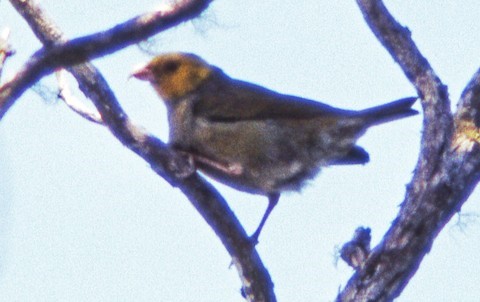
O’u, male. (Sincock’s Camp, Alaka’i Wilderness Preserve, Kauai, Hawaii; June 6, 1975.) © Mike Scott

O’u, female. © Bernice Pauahi Bishop Museum
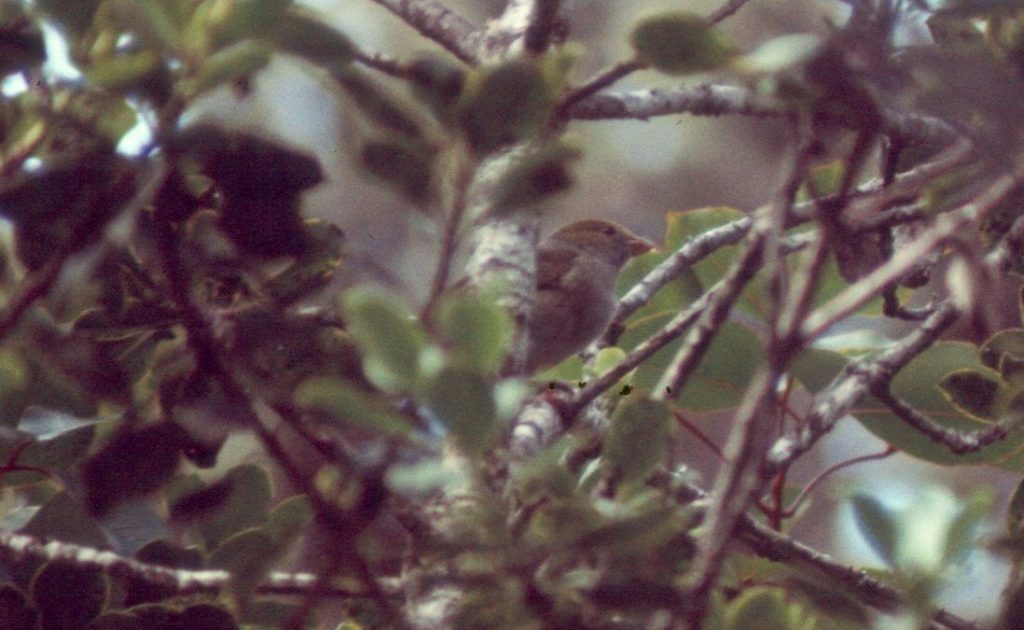
O’u, female. (Powerline Road, Big Island, Hawaii; July 1977.) © Tim Burr

O’u, male. © Andrew Emmerson

O’u, male. John Gerrard Keulemans, 1907
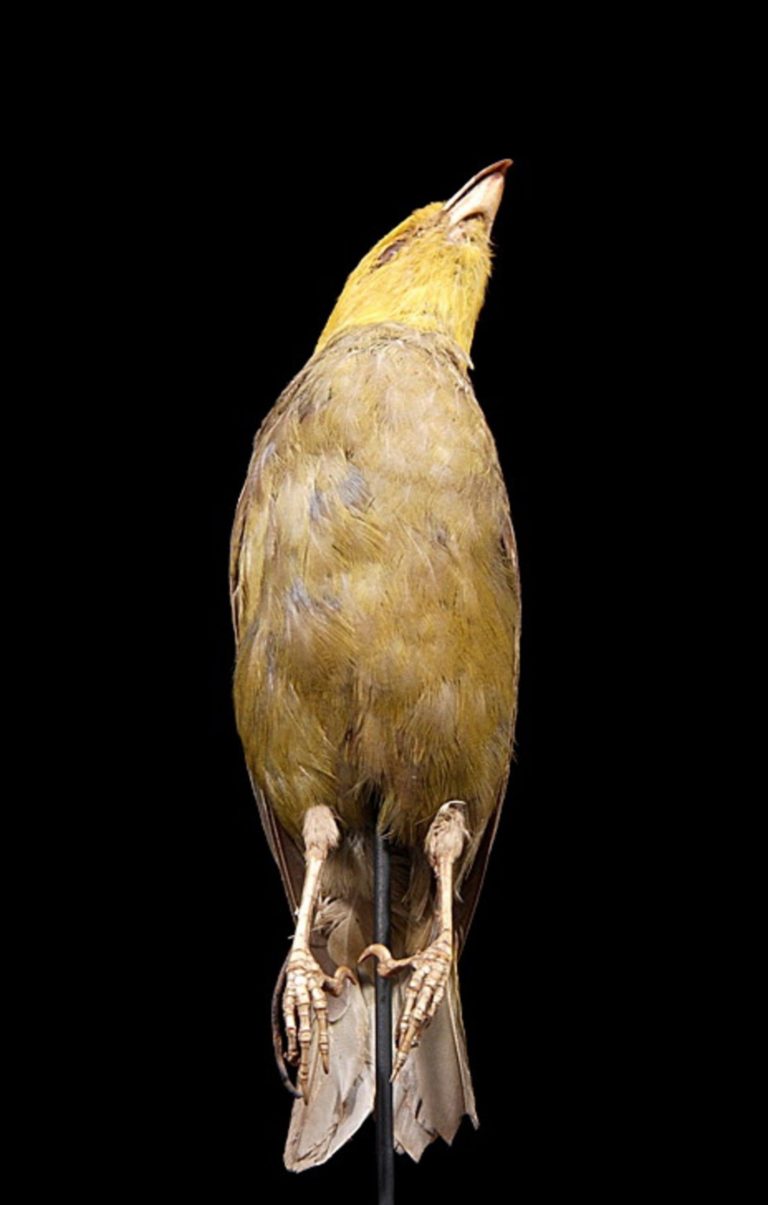
O’u, male, ventral view. (Specimen ID: RMNH.AVES.90244; Kaleakekua Bay, Big Island, Hawaii; January 18, 1779.) © Naturalis Biodiversity Center

O’u, male, side view. (Specimen ID: RMNH.AVES.90244; Kaleakekua Bay, Big Island, Hawaii; January 18, 1779.) © Naturalis Biodiversity Center
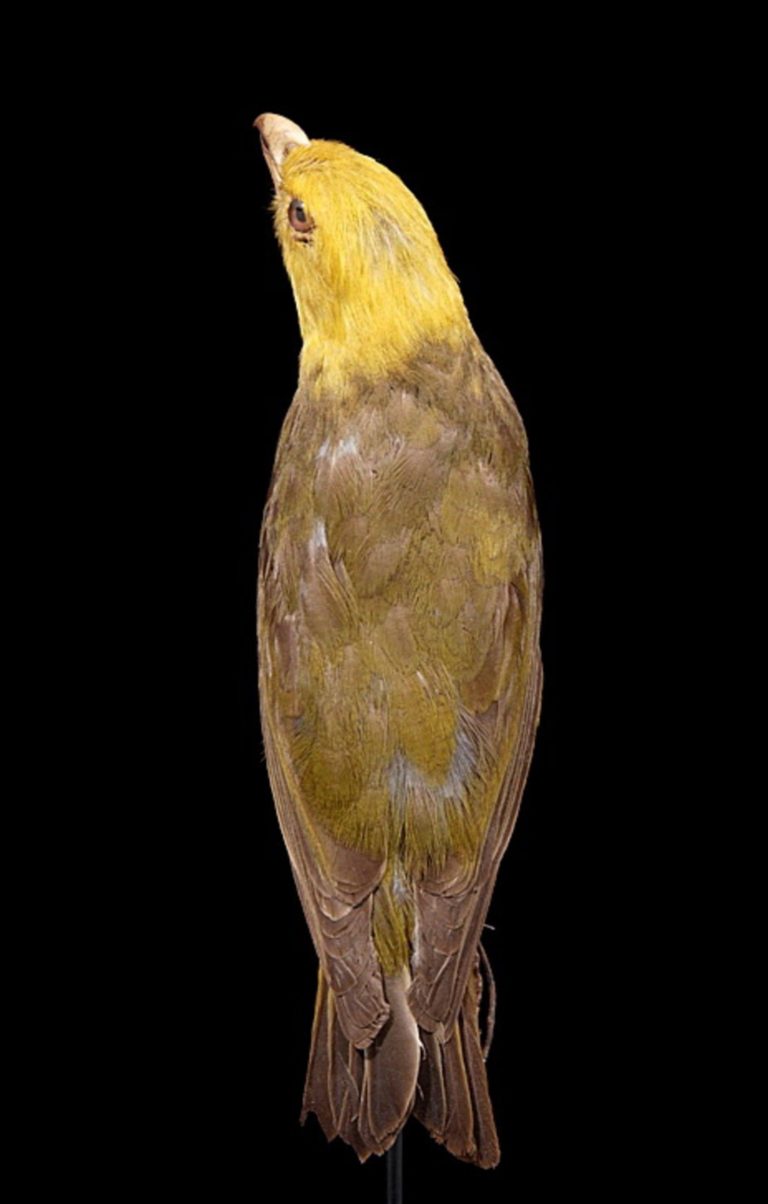
O’u, male, dorsal view. (Specimen ID: RMNH.AVES.90244; Kaleakekua Bay, Big Island, Hawaii; January 18, 1779.) © Naturalis Biodiversity Center
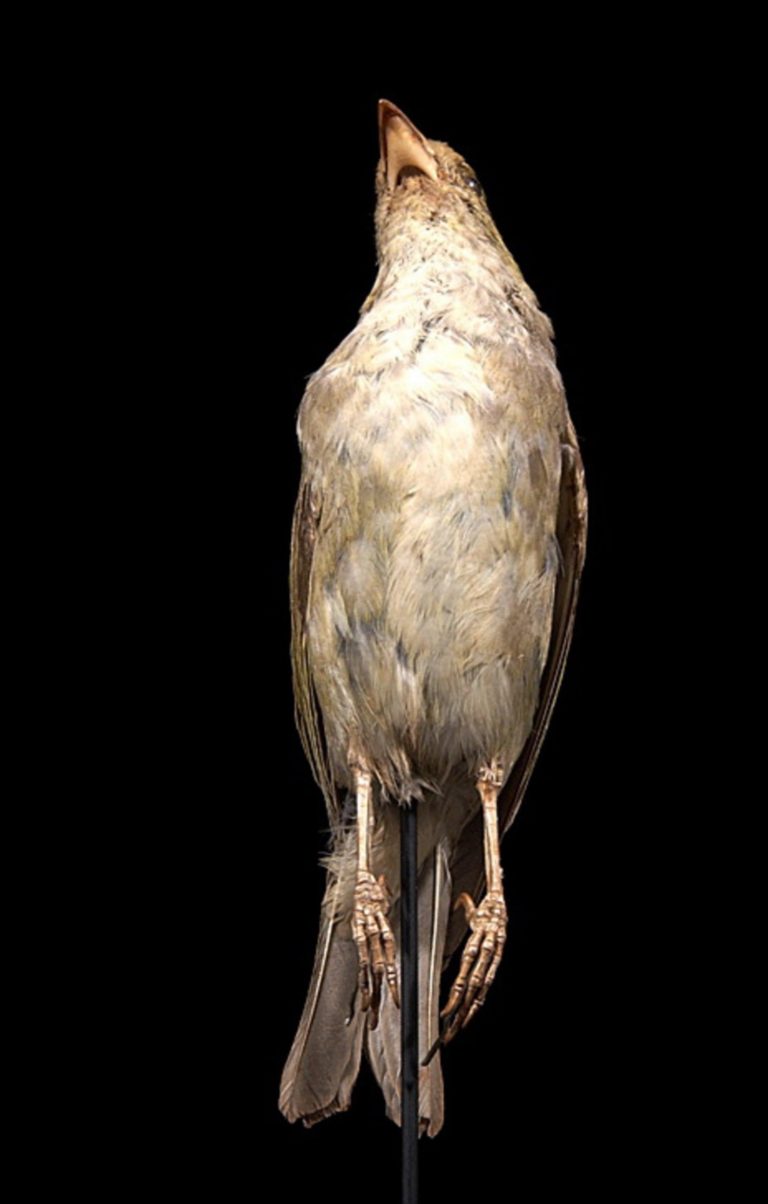
O’u, female, ventral view. (Specimen ID: RMNH.AVES.90245; Hawaii.) © Naturalis Biodiversity Center
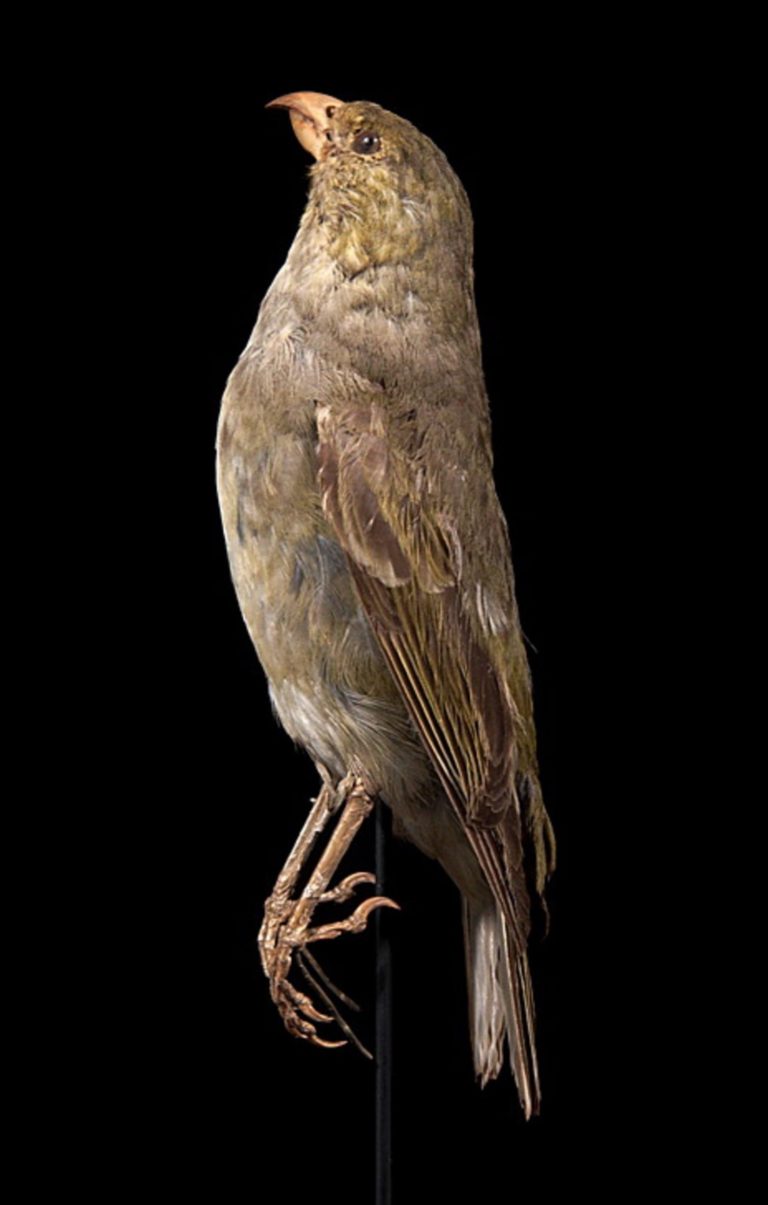
O’u, female, side view. (Specimen ID: RMNH.AVES.90245; Hawaii.) © Naturalis Biodiversity Center

O’u, female, dorsal view. (Specimen ID: RMNH.AVES.90245; Hawaii.) © Naturalis Biodiversity Center
Notes
Monotypic species.
IUCN Red List Status: Critically Endangered (Possibly Extinct).
References
BirdLife International. 2018. Psittirostra psittacea (amended version of 2016 assessment). The IUCN Red List of Threatened Species 2018: e.T22720734A126791352. https://dx.doi.org/10.2305/IUCN.UK.2016-3.RLTS.T22720734A126791352.en. (Accessed May 26, 2020.)
Hume, J.P. 2017. Extinct Birds (Second Edition). Bloomsbury Publishing PLC, London.
Pratt, H.D. 2005. The Hawaiian Honeycreepers: Drepanidinae. Oxford University Press.
Pratt, H.D. 2020. Ou (Psittirostra psittacea). In Handbook of the Birds of the World Alive (J. del Hoyo, A. Elliott, J. Sargatal, D.A. Christie, and E. de Juana, eds.). Lynx Edicions, Barcelona. https://www.hbw.com/node/61436. (Accessed May 9, 2020.)
Pyle, R.L., and P. Pyle. 2017. The Birds of the Hawaiian Islands: Occurrence, History, Distribution, and Status. Version 2 (January 1, 2017). http://hbs.bishopmuseum.org/birds/rlp-monograph/. B.P. Bishop Museum, Honolulu, Hawaii.
